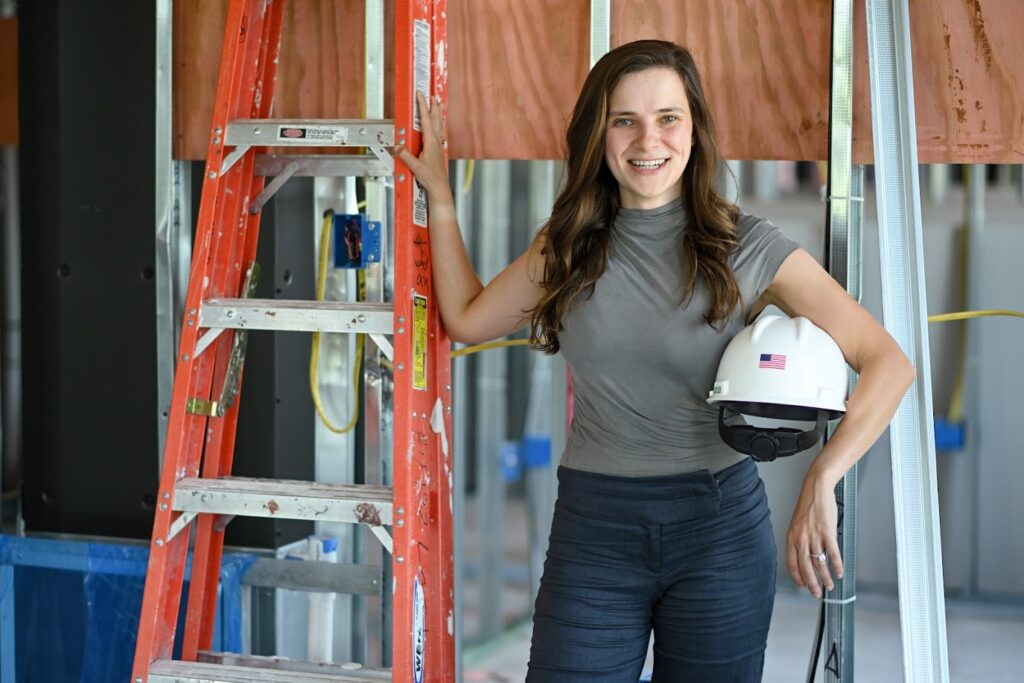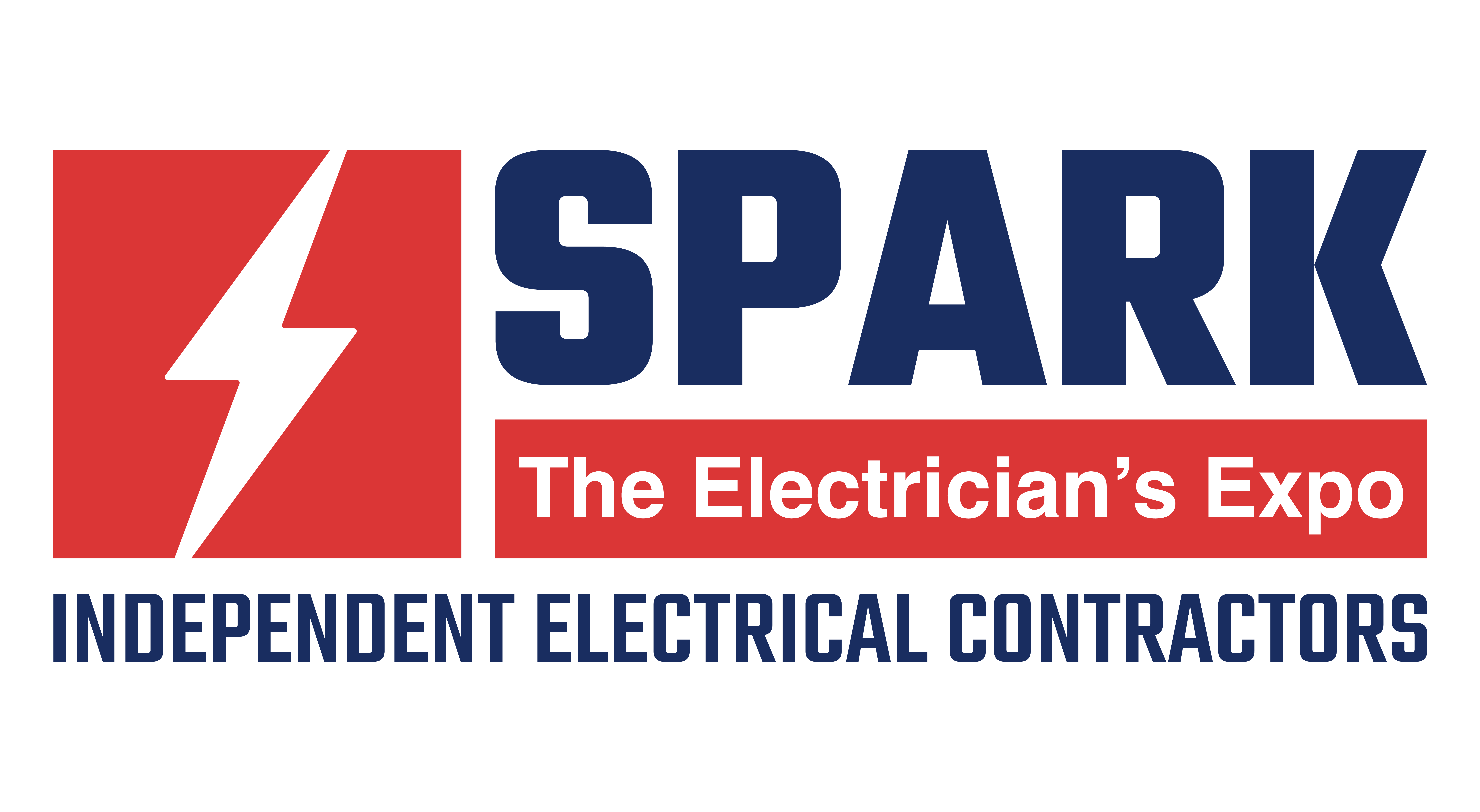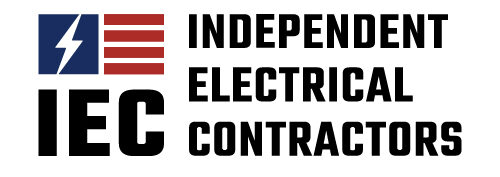Speaker Snapshot:
Maria Davidson

Maria Davidson
Kojo
CEO and Founder
Session Date: Monday, October 14
Session Time: 11:30 AM – 12:30 PM
Maria Davidson is the founder and CEO of Kojo, a software company built to serve the electrical contracting industry. She founded the company in 2018 with the mission of helping contractors operate their businesses more efficiently.
“When I grew up, my mother was the bookkeeper at a supply house,” Maria explains. “I remember spending hours watching her manually going through invoices and filing paperwork away — it left a lasting impression on me. When we were coming up with the idea for Kojo, we spent six months speaking to thousands of foremen, superintendents, purchasing managers, and electrical contractor business owners about what we could do to make their lives easier, save them time, and help them grow their bottom lines. Time and time again, we heard that materials were 40 percent of project costs and the same problems persisted for companies of all sizes: field teams spent countless hours submitting and tracking down orders, materials were often over-ordered and making sure you’re getting the best price was challenging, hundreds of thousands of dollars — sometimes millions! — of inventory and tools would go missing. I’m incredibly proud of our team for solving these problems for IEC members across the country and helping advance our industry forward.”
Her session covers how contractors should think about when the right time to implement a tech solution is, how to identify and quantify the value of that tech solution, how to sell the vision of tech transformation to their teams, and how to manage risks across the implementation process.
“Every day, we talk to electrical contractors who are thinking through what technology can make a positive impact on their business and help solve their biggest internal challenges,” Maria says. “The problem is that there’s a huge amount of software out there and it’s hard to figure out which systems actually work the way they say they do, how to integrate these systems, and how to roll them out effectively. We all know that you could have the best software program out there, but if you can’t onboard it effectively and ensure full adoption among field, office, and warehouse teams, it’s not actually going to make a difference.”
 Kojo surveyed over 500 contractors to produce the research to be shared at SPARK. They asked contractors what the most common bottlenecks they experienced when introducing new technology into their organization were, which teams struggle the most with adopting new tech, and how long it actually takes to implement different programs.
Kojo surveyed over 500 contractors to produce the research to be shared at SPARK. They asked contractors what the most common bottlenecks they experienced when introducing new technology into their organization were, which teams struggle the most with adopting new tech, and how long it actually takes to implement different programs.
“There are a lot of stats that I think people will find eye opening — as well as tips and best practices from other electrical contractors about strategies that proved most effective for them when implementing software,” Maria notes. “Over the past 70 years, construction dramatically lagged the rest of the economy in growth in labor productivity. Now, we’re facing a huge labor shortage — construction backlogs are at all-time highs but there are over 500,000 workers missing from the labor force and one-third of existing construction workers are expected to retire in the next five years. Our industry needs to adopt technology to help our existing workforce grow increasingly productive and automate a lot of the most frustrating and manual aspects of their jobs.”
Maria hopes SPARK attendees come away with a clearer understanding of how to evaluate and implement software for their organizations. That includes how to run an effective software evaluation, what questions to make sure to ask potential vendors, and how to structure training programs for their own teams.
“Software is often not one-size-fits-all,” Maria cautions. “To make sure that the software you’re evaluating really works for your needs, make sure you work with technology vendors who deeply understand your business processes, build a shared success plan with them that has clear progress milestones, and ask for references whose businesses have similarities to yours. I’m always happy to talk to any IEC members who are thinking about diving into a tech implementation and want to make sure it goes well.”

